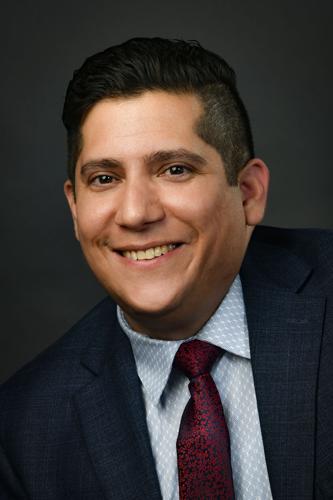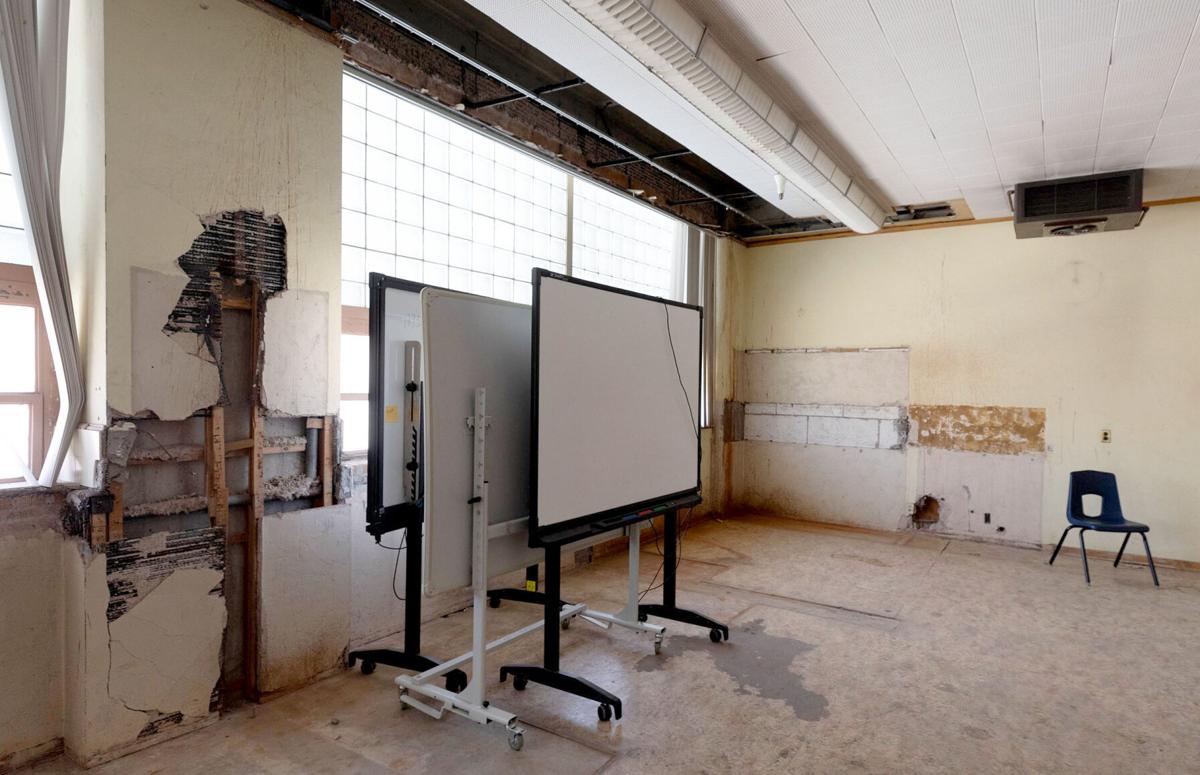Come November, Tucson Unified School District voters will have a decision to make: should the district issue and sell $480 million in bonds for school improvements? Ricky Hernandez, the school district’s chief financial officer, answered several questions leading up to the Nov. 7 election.
Given that the last effort failed, why is the district putting a bond on the ballot now?
HERNANDEZ: After coming back from the COVID pandemic, there are so many more capital needs that are competing between the instructional capital needs we have and infrastructure needs. It becomes difficult to prioritize the importance between a functioning laptop and a functioning toilet; how do we make a decision between one and the other, because they’re both equally important. We spent a good deal of time since COVID making sure that our infrastructure was up to par, particularly to minimize spread, when COVID was at its peak. That led to finding that we needed to find better ways of dealing with the infrastructure needs that we’ve got, and we can’t keep up with the funding that we receive.
Piggybacking off of that, tell me about the district’s ESSER (federal COVID-19 relief) spending. Some school districts have used those allocations on capital projects. Why didn’t TUSD?
HERNANDEZ: We did use (some of) our (ESSER dollars) on capital funds. The capital expenditures that we were allowed to use were related to minimizing the spread of COVID. That was a direction that we were provided by the Department of Education. We made sure that air conditioning systems were working, that we had furniture in learning spaces … so that we could minimize the amount of kids that were in classrooms. It was trying to create additional learning capacities to minimize the spread of COVID 19. We can’t do things (with ESSER funds) … the bond project is looking to do, like resurfacing parks and or replacing athletic equipment or fine arts equipment, for example. (School districts were) not allowed to do that.
When the bond was developed, was there a cap on how much the district was willing to propose?
HERNANDEZ: We didn’t necessarily have a cap. The operations department had a plan based on what’s called the FCI, the facility condition index, which creates just a numerical value based on the condition of the facilities across the district. Then they are assigned potential dollar amounts. They had a running list of, here are our worst condition items, these are not so bad (are less of a priority), and the dollar amounts. Certainly $480 million seems like a significant amount of money and it is a significant amount of money. But that is getting us back to zero, getting us back to square one. These aren’t beautification projects. It is to fix things like sewer lines, resurfacing parking lots, building additional classroom spaces. We’ve had a running tally of projects that we know that we need to focus on.
What truth-in-bonding rules will the district follow?
HERNANDEZ: There are multiple ones, some statutory and some that the district itself is putting together. The number one thing is, every school district that has an active bond is required to have a public presentation at a school board meeting in the month between the month of September and October (after the election), to tell the board and the community what we’re spending on and the progress on projects … to tell people what are we doing with your tax dollars as you’re starting to pay, and we’ve started to bond. We provide a tax schedule and the voter information pamphlet includes a comprehensive schedule of debt service payments so that people can see an estimate of what the tax rate and what the debt service will look like over the course of the next 20 years. If we were to have a great recession, again, some of it can change, but these are based on estimates that our bond advisors have put together. Right now, we’re estimating 68 cents for every $100 of assessed value that every homeowner will pay. However, the current tax rate for the current that services district has is 38 cents, so they’re only going to pay the difference of anywhere between 30 and 40 cents depending on the school year or the fiscal year they’re currently paying for. On top of truth in taxation is the implementation of a board appointed advisory committee of community members that will oversee the bonds and the project so we will make sure that we work with them on presenting a project, getting them vetted to the committee, having them ask questions about the finances, — all of those pieces, so that they can make recommendations to the governing board on what projects to approve and how to move forward. All of those meetings will be open to the public.
What are the immediate and long-term plans if the bond were to fail?
HERNANDEZ: If the bond were to fail, the immediate plan would be to essentially go back to what I mentioned before, which is our Capital Improvement Project listing using the FCI — the facilities condition index — and using that data as prioritization to (determine) the immediate (issues) that we can begin to address, and unfortunately do them piecemeal. It would be difficult to do a lot of things that we intend to do. However, the ability to access $480 million would certainly accelerate our ability to do all this work.
Is there any financial benefit to passing a bond issue versus fixing things ‘piecemeal’?
HERNANDEZ: The benefit to having a bond is the ability to take on a lot of the issues that our community has brought up, like the Tucson High intercom and high fire alarm system, which we know is an important component. If we have a bond, we can address those today and we can address those quickly, because we’re going to work with project managers at construction companies who can get these projects turned around quickly, and we can prioritize those projects. I think the number one thing (a bond) does, is that it goes to the heart of the frustration of our parents, and our community members, to see that some of these things are just kind of sitting there waiting.
Bonding and traditional capital money will put us on the back on the path of making sure that we incorporate a preventative maintenance schedule. Right now, it’s not about preventative maintenance. They’re trying to catch up to already deteriorated facilities and infrastructure that the state can only provide so much and they’ve already run out of money.
In the long run, this is a larger legislative state leadership issue that’s going to require a long term fix. This is kind of the new norm for a lot of our communities, to ask (taxpayers) to help us because our legislative leaders, unfortunately, have not done so.







